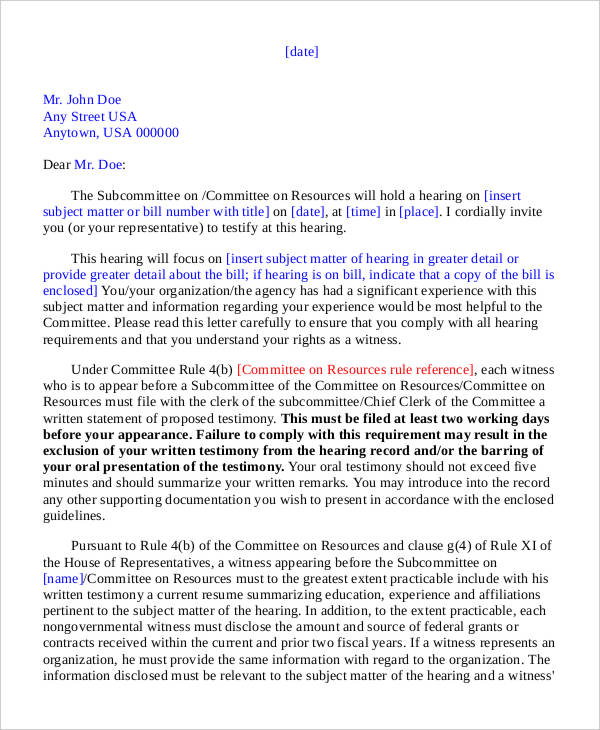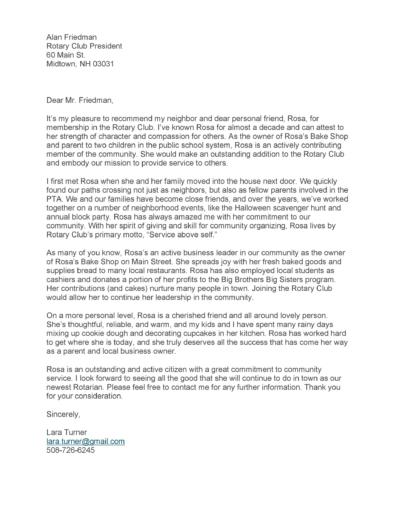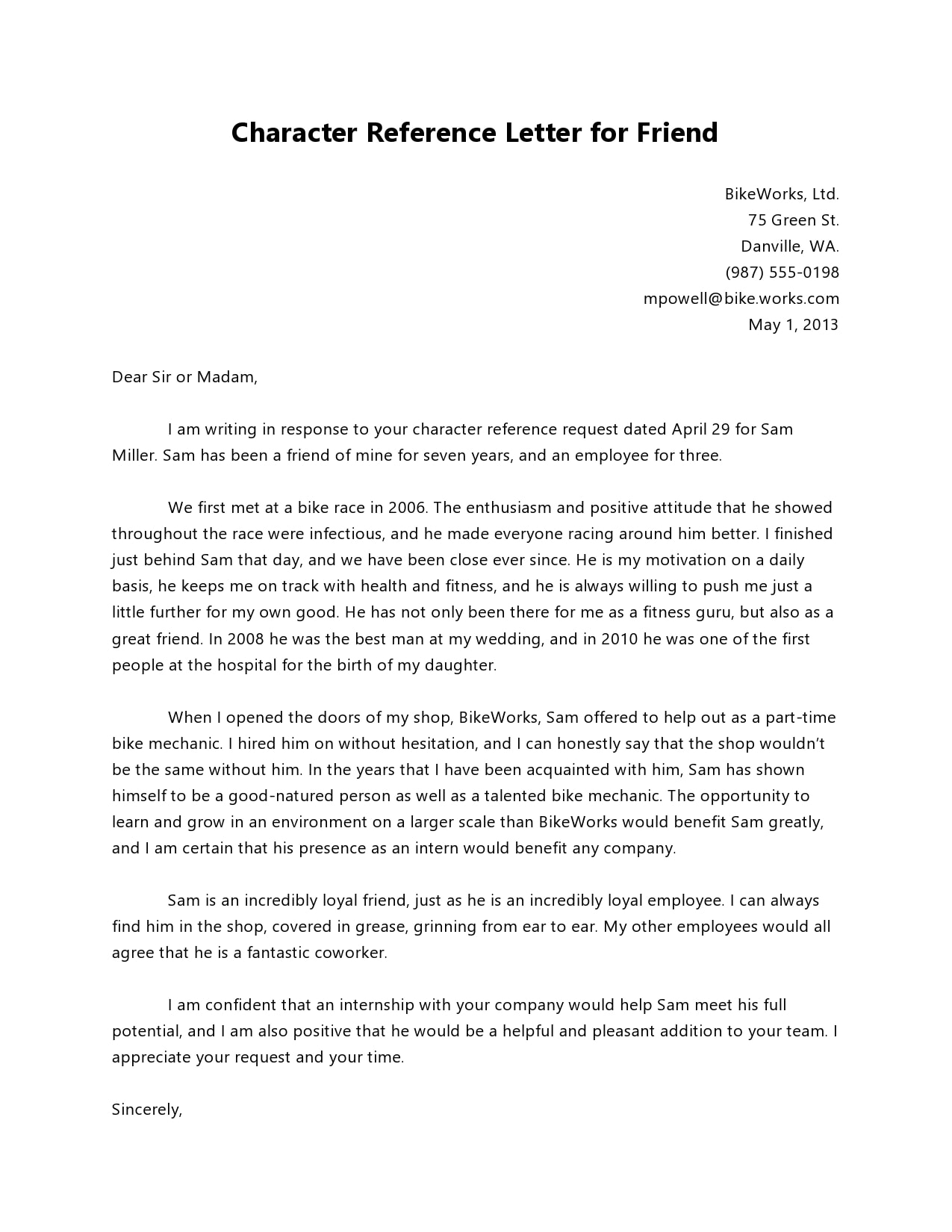
Including within your character reference the accused’s ties to the community and social activity is also looked upon favourably. Examples of this could be that they coach their child’s sports team, contribute to charity or run the local trivia tournament. Make sure you are specific about your relationship and include insights into their background, their lives, their behaviour and include any positive information or anecdotes about them which might help humanise them. It must come from someone who knows the person well and has insight into their behaviour, personality and character. Your relationship and history with the personĪ character reference is commonly provided by a spouse, family member or close friend. If the case is being tried in the Supreme Court, you would refer to the “Chief Justice”.Īlso be sure to refer to the recipient of the character reference as “Your Honour”, rather than “whom it may concern”, or gendered language like “sir” or “ma’am”. If the case is being tried in the District Court, the character reference will be addressed to the judge overseeing the case e.g.

For example, a character reference heard in Local Court (or magistrates court) will be addressed to a magistrate, like so: “To the Sentencing Magistrate”. Be aware that who the letter is sentenced to will depend on what court the matter is being heard in. The character reference must be addressed to the official overseeing the case. There is a general structure and vital information which are expected of an effective character reference, and these are laid out below. It must also be signed, dated, and, if possible, printed with an official letterhead if on behalf of a company or organisation.
#Good character witness letter trial#
A character reference, which is also known as a character witness statement, is always formally addressed to the official overseeing the trial ( the judge or magistrate ) and must be neatly and legibly typed out. These documents, while important, are fairly simple to write as long as you know what to include. What Should Be Included in a Character Reference We should also note that the best character reference comes from people who are not only staples in the other person’s life, but also law-abiding, and are established as having good character and positive attributes. The people best equipped to talk about someone’s character are the people who socialise with them and understand them and how they behave. The most persuasive character references generally come from friends, family, family friends, employers, colleagues and associates. Their main aim is to paint a positive picture and provide some useful information and insight into the character and behaviour of the accused, so that he or she is not judged only on the basis of the charge against them.Ī character reference letter can theoretically be written by anyone who knows the person, however the most useful are those who come from people who know them very well.


Who Can Write a Character Reference for Court?Ĭharacter references can often come from a spouse/partner, friend, colleague, employer or a neighbour. These letters are a good way to introduce the accused’s good qualities, law-abiding history and community activity into the court case via a trusted third party. While there is some disagreement amongst lawyers regarding how much stead judges and magistrates put into these references, it is better to have a character reference than to have no one vouching for the accused at all. How Character References Can HelpĬharacter references give the sentencing authority insight into the accused’s personality, contribution to society and overall positive attributes. Character references can be helpful in defence cases, particularly if it is a mild crime or it is the person’s first offence. These documents do not have to be provided by anyone in particular, as long as it is someone who knows the accused well.

By providing positive aspects of the person’s character, as well as a background of the circumstances and situation in which they are a part of, it may humanise and give a well-rounded picture of the person and potentially put their alleged crime into perspective. It helps give the magistrate or judge a good idea of who the person is, what they are like, and their history. A character reference letter is a document used in court proceedings to portray the positive aspects of a person who is charged with an offence.


 0 kommentar(er)
0 kommentar(er)
